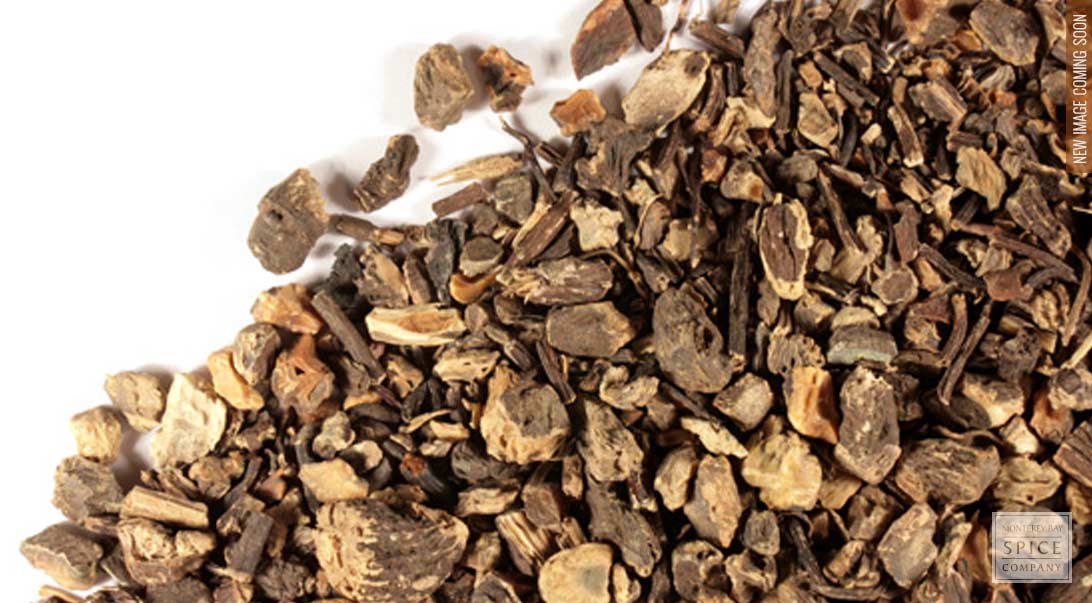Disclaimer: The information on curenaturally.org is intended to improve your knowledge about herbs and their benefits. Articles on this website are not intended to replace medical treatment from your doctor. Always consult your doctor before starting a new treatment regimen.
Page Update 04/08/2019
Herbs for women’s issues
By Dr. Ashraf Girgis

I remember one of my friends sending a joke that stated: all women’s issues somehow have men in it. Examples were menopause and menstruation etc. But jokes aside, we go through phases in our lives as we get older. That sometimes is not very pleasant and can actually be painful. So here, I have a few herbs that can ease these uncomfortable symptoms when needed. I have written previously about menopause. Here I would like to focus on herbs are used as a tonic for the uterus. Please make sure to check with your doctor before taking any herbs. These are simply suggestions for you to know that there are herbal options. Here they are:
|
|
|
1. Chest Berry,
Chest berry is known as monk’s pepper from ancient roman times. It was used in monasteries to check and control sexual desire and promote celibacy among priests. Other names are vitex, wild pepper and agnus. Chestberry belongs to the family of Labiatae.
The part of the plant used is the berries. It contains flavonoids, glycosides, essential oils and other constituents.
The most important effect of chest berry is acting as a balancing hormone. It normalizes pituitary gland function especially when it comes to female hormone regulation. It also promotes prolactin secretion, there by stimulating breast milk production in mothers. In one study chest berry was shown to stimulate progesterone receptor expression (Liu et al 2001). Chest berry is used to regulate menstrual problems for individuals who have issues with irregular menses. In addition, it helps to ease the symptoms of menstrual problems such as tension, headache, water retention and constipation. It has been used for postmenstrual syndrome in clinical trials (Atmaca et al 2003, He et al 2009 and others). It is important to consult with your doctor if you are on fertility treatments or hormonal replacement therapies. It should be avoided during pregnancy.
|
 |
|
|
|
|
Over all chest berry is good for PMS symptoms such as mood swings and irritability.Side effects may include some gastro- intentional issues and rare dizziness has been noted.
For dosage follow the instruction on the label. Manufacturers recommend vitex be taken as a single dose before breakfast daily throughout the menstrual cycle for dry fruit, the dose is 1000-1800 mg a day (Herb and supplement p. 309). Otherwise, you can add a teaspoon full of ripe berries to boiling water, let it infuse for 10-15 minutes and use it three times a day during menstruation.
|

|
|
|
|
|
2. Black Cohosh,
Black cohosh in indigenous to the eastern United States and Canada. It was used by Native Americans for centuries for a variety of ailments such as rheumatism, kidney problems, menstrual irregularity, sore throat, general malaise, malaria, and for child birth (Blumenthal et al, 2000)( Liske 1999). In Chinese medicine,different versions of it are used. It has been on the market in Europe for the last 50 years. In Germany in 1996, 10 million retail standardized doses were sold monthly.
Black cohosh is primarily used for menopause symptoms such as hot flashes, heart palpitations, irritability, nervousness, perspiration and depression (Liske et al 2002) and premenstrual discomfort (Blumenthal et al 1998, Bratman and Kroll 1999). Other uses has been in the treatment of ovarian deficiencies (Lehmann- Willenbrock 1988 and Liske 1998, Rieded 1988). It can also be used for delayed menstruations. It has alsobeen used for various muscular and neurological pains. It has been used in sciatica and neuralgia. Nine out of ten studies of Black Cohosh that included 1,371 participants showed efficacy in the treatment of menopausal symptoms. (The Clinical guide To Herbs, P. 19)
|

|
|
|
|
|
The active constituents are: bitter glycosides, resin, salicylic acid, tannin, among others.The part that is used is dried root and its rhizome.
Doses: One and a half teaspoons of the root in a cup of water, bring it to boil. Let it simmer for 10-15 minutes. Use this mixture three times a day. For tincture follow the instructions.
Side effects:
Occasional gastrointestinal discomfort has been reported (Foster 1999, Blumenthal 1998). Otherwise, vomiting, nausea, impaired vision has been reported with overdoses.No drug interactions are reported (Blumenthal et al 1998, McGuffin et al 1997)
|

|
|
|
|
|
Wild Yam (Dioscorea Villosa)
Wild Yam traditionally has been used to ease cramps and muscle pain. But more and more it is used to ease menopause symptoms. Historically, wild yam has been used in many different parts of the world, possibly varying in composition. There are several botanical names such as Discorea composite, Discorea villosa, etc.
The root of wild Yam contains diosgenin. This compound is used in the lab to make steroids, such as estrogen and dehydroepiandrosterone (DHEA). But it does not seem to undergo the same conversion in the body. Other constituents are saponins, tannins, several vitamins such as beta carotene, vitamin C, Vitamin B1, B2, B3 and minerals such as magnesium, potassium, selenium and zinc (USDA 2003).
|

|
|
|
|
|